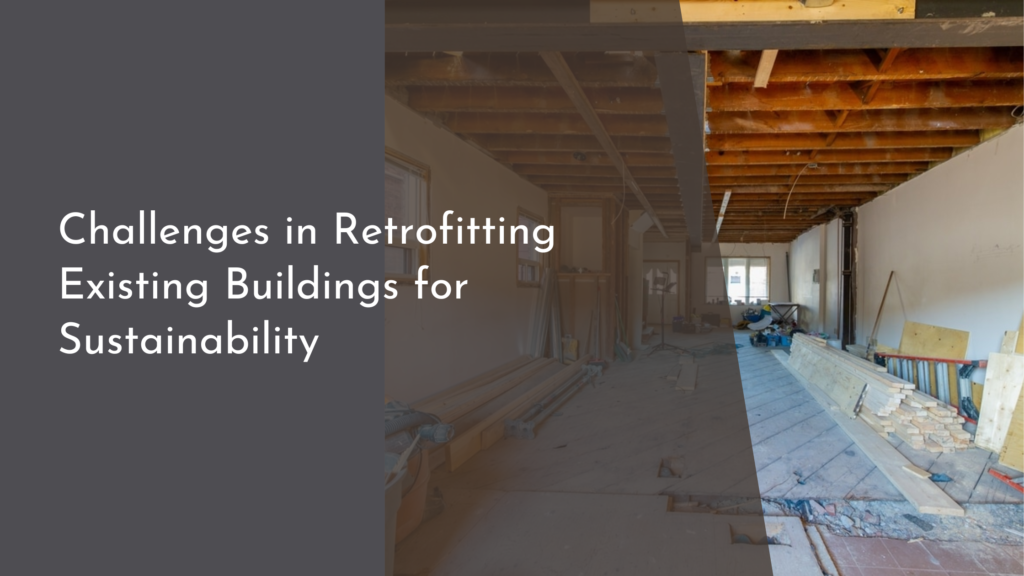Urban Forests as Drivers of Sustainable Urban Decentralization
As cities continue to expand and grapple with the challenges of population density, pollution, and climate change, urban forests emerge as a beacon of hope. These lush, green spaces are not just aesthetically pleasing; they hold the key to promoting sustainable urban decentralization. By integrating natural ecosystems into urban planning, cities can create healthier environments, foster community engagement, and reduce their ecological footprints. This article explores the vital role urban forests play in driving sustainable decentralization, and how they contribute to vibrant, resilient communities.
Embracing Urban Forests: A Pathway to Sustainability
Urban forests represent a blend of nature and urban life, offering a multitude of environmental benefits that support sustainability. By increasing green cover, urban forests help mitigate the urban heat island effect, improve air quality, and reduce stormwater runoff. They serve as natural carbon sinks, absorbing CO2 and combating climate change, thereby making cities more resilient to its impacts. As cities embrace urban forests, they embark on a journey toward a sustainable future that prioritizes ecological health alongside urban development.
Moreover, urban forests promote biodiversity by providing habitats for various plant and animal species. This rich tapestry of life enhances the overall aesthetic and ecological value of urban areas, encouraging residents to connect with nature. As communities become more aware of the importance of biodiversity, they are more likely to support initiatives that sustain and expand urban forestry. By recognizing urban forests as a pathway to sustainability, cities can actively involve their citizens in preserving these vital green spaces for generations to come.
How Green Spaces Foster Thriving Decentralized Communities
Green spaces, particularly urban forests, play a crucial role in fostering decentralized communities that thrive on local engagement and resilience. As cities become more populated, the decentralization of services and resources becomes essential to avoid overcrowding. Urban forests provide the perfect backdrop for community gatherings, recreational activities, and cultural events, creating opportunities for social interaction and collaboration among residents. This sense of place and belonging encourages individuals to take ownership of their neighborhoods, resulting in stronger, more connected communities.
Additionally, urban forests can stimulate local economies by attracting visitors and promoting outdoor activities. Parks and green spaces increase property values and can even foster local businesses, such as cafés and shops, benefiting from increased foot traffic. By strategically incorporating urban forests into city planning, municipalities can facilitate economic growth while maintaining sustainable practices. As communities flourish around these green spaces, the benefits of decentralization become evident, leading to a more equitable distribution of resources and opportunities.
Benefits of Urban Forests in Urban Planning and Design
Incorporating urban forests into urban planning and design not only addresses environmental concerns but also enhances the quality of life for residents. Research has shown that access to green spaces significantly improves mental health and well-being, reducing stress and promoting physical activity. By thoughtfully designing neighborhoods with urban forests in mind, planners can create harmonious environments that prioritize the well-being of residents, fostering a deeper connection to their surroundings.
Moreover, urban forests contribute to sustainable infrastructure by providing essential ecosystem services. They can reduce energy costs through natural shading, lower water management expenses by minimizing runoff, and improve air quality through natural filtration. By recognizing urban forests as integral components of urban infrastructure, city planners can devise multifaceted strategies that enhance both the ecological and social fabric of urban areas. This holistic approach to urban design encourages the development of spaces that are not only functional but also vibrant and inviting.
Cultivating Connection: Communities and Their Urban Canopies
Urban forests offer more than just environmental benefits; they cultivate a sense of community and connection among residents. When people come together to plant trees, maintain parks, or participate in environmental education programs, they forge bonds that strengthen social ties. These shared experiences create a culture of stewardship, where community members actively participate in caring for their local environment, thus fostering a sense of belonging and pride in their neighborhoods.
Furthermore, urban forests serve as an important catalyst for inclusivity and diversity. They provide spaces where people from different backgrounds can gather, share experiences, and celebrate cultural events. By promoting accessibility and welcoming everyone to enjoy nature, urban forests help dismantle barriers and create equitable spaces for all. As communities flourish around their urban canopies, they become thriving ecosystems of diversity, creativity, and collaboration, enriching the urban landscape and ensuring a sustainable future.
Urban forests stand as powerful drivers of sustainable urban decentralization, offering myriad benefits that enhance both environmental health and community well-being. By embracing these green spaces, cities can transform into more livable, inclusive, and resilient places. As we cultivate connections between residents and their urban canopies, we pave the way for a brighter, greener future where nature and urban life coexist harmoniously. The time has come to integrate urban forests into the core of urban planning, ensuring that our cities thrive not just for today, but for generations to come.

